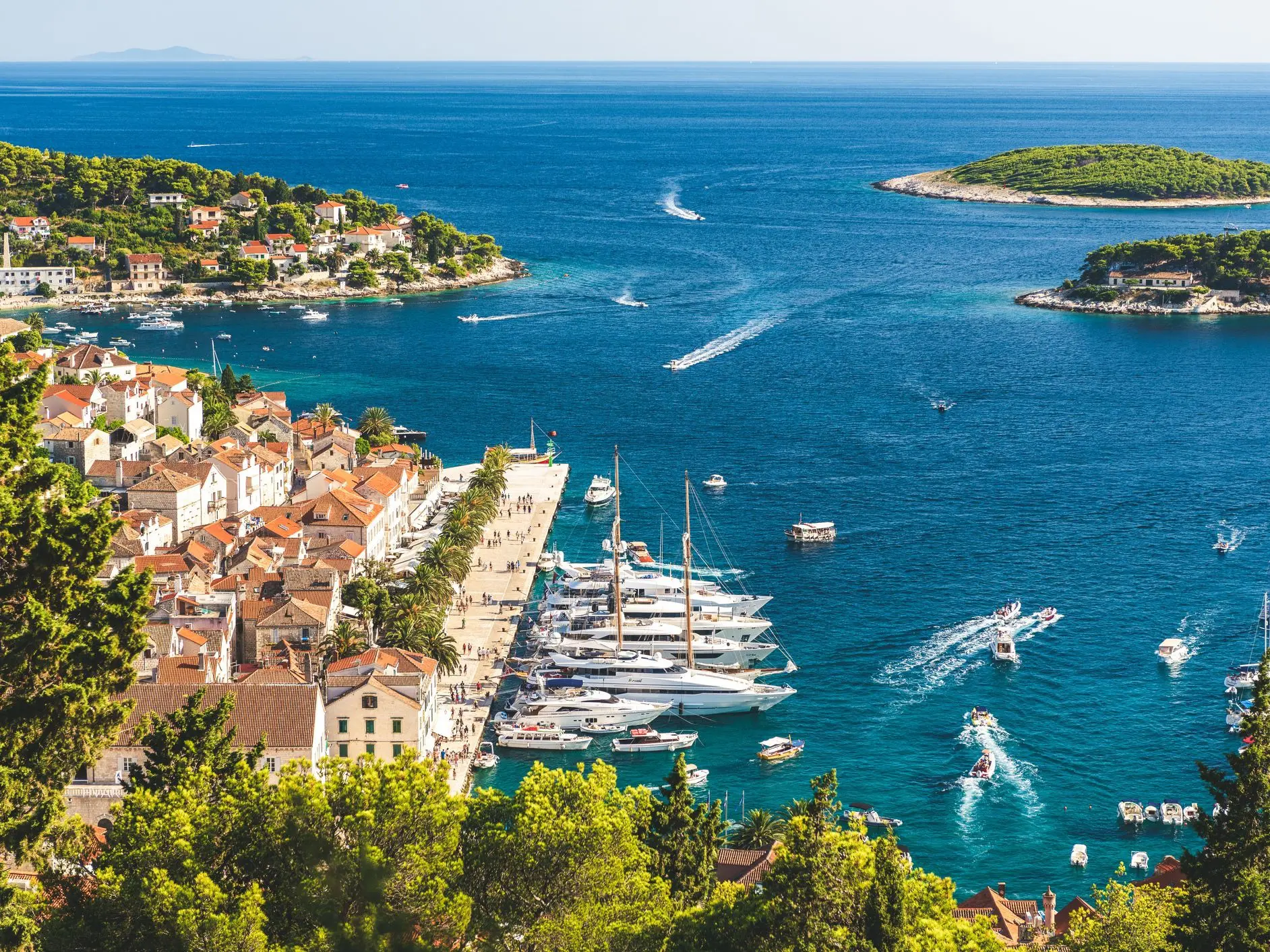
Seeking peace and coastal beauty doesn’t require flying into major hubs or renting a car. Travelers looking for serenity and accessibility can find both by focusing on seaside towns served by public ferry.
These quiet locations provide a slower, scenic mode of travel that connects people with authentic culture, natural surroundings, and eco-conscious transport.
Just sea air, vistas, and a direct path to lesser-known destinations that feel personal, not packaged.
By focusing on destinations in Italy, Greece, and Malta, travelers can discover coastal escapes without crowds, but with plenty of character.
Italy’s Amalfi & Tyrrhenian Coasts
First, let us take a look at the options in Italy.
Cetara
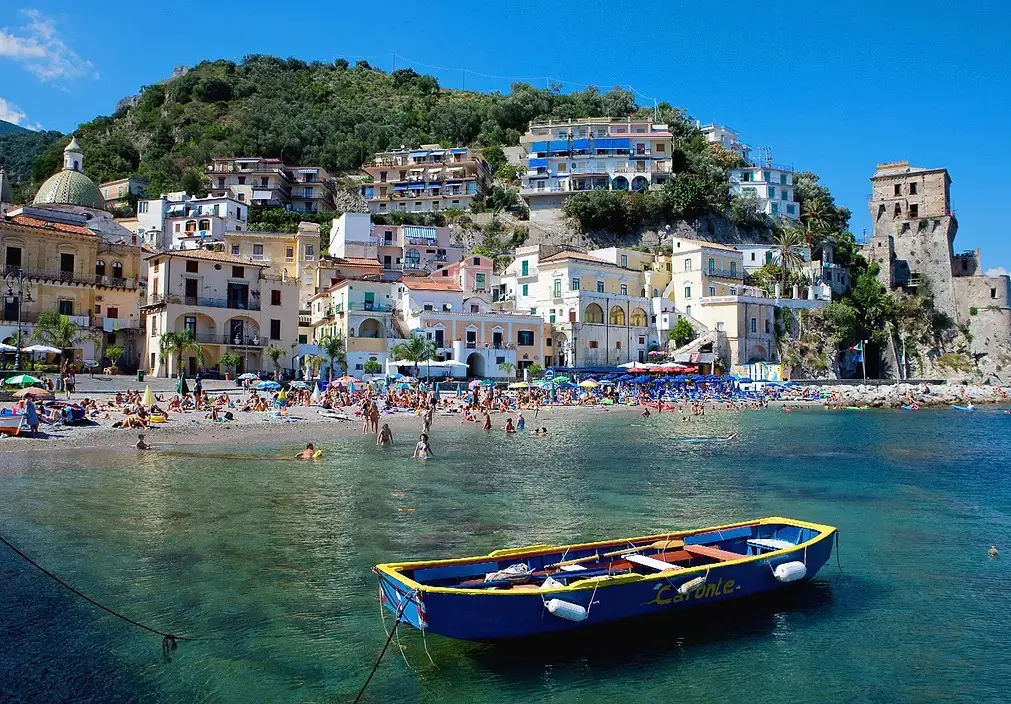
Tucked between towering cliffs and the blue Tyrrhenian Sea, Cetara remains a working fishing village where anchovy fishing defines identity and rhythm.
Whitewashed buildings cluster tightly around a small beach, shielded by an old watchtower and backed by lemon-covered hills.
Ferries run several times daily during the tourist season from Salerno, making Cetara easy to reach without a car. It offers a refreshing contrast to places like Amalfi, often overrun by tour buses. Time moves differently here—more slowly, more deliberately.
Highlights include local anchovy delicacies served in seaside trattorias, peaceful beaches with locals instead of influencers, and terraced lemon groves that turn the hills yellow in season. Sunsets are best viewed from the harbor with a limoncello in hand.
Minori and Maiori
Located just minutes apart by a coastal path, Minori and Maiori deliver what Amalfi and Positano often can’t—space, quiet evenings, and a more personal feel.
Minori, with its ancient Roman villa ruins and tranquil ambiance, offers a historical anchor. Maiori, slightly larger, boasts one of the Amalfi Coast’s longest beaches, ideal for long walks and sun-drenched afternoons.
Ferries link both towns to Salerno, Amalfi, and Positano, allowing visitors to skip mountain roads and enjoy sea breezes instead. They provide the same coastal wonder as better-known neighbors, without the constant flash of cameras.
Don’t miss the lemon-infused pastries at local bakeries, especially the sfusato amalfitano-based treats. The waterfront promenades are ideal for evening strolls, lined with cafes that favor conversations over selfies.
Procida
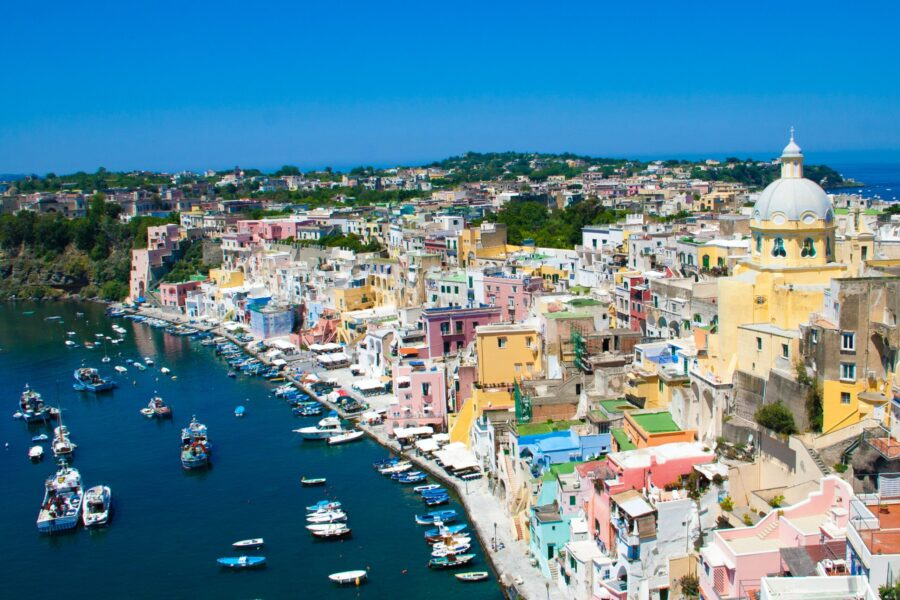
Color explodes in Procida’s Marina di Corricella, where faded pastel buildings tumble down toward quiet waters. Often bypassed for nearby Capri and Ischia, Procida keeps things real—fishing boats, cats sunning on steps, laundry fluttering in sea air.
Over 20 ferry crossings a day depart from Naples and Pozzuoli, making Procida one of the easiest islands to reach in Italy. Once there, no need for cars. Footpaths and bikes rule the day.
Its cinematic beauty, featured in Il Postino, is matched by its calm. No mega-resorts or pretentious menus—just families, artists, and those who crave slower days. A simple espresso by the sea here feels more fulfilling than any five-star experience elsewhere.
Greece’s Underrated Gem
Greece has only one, but it is beyond exceptional, you’ll see.
Kini & Galissas Beaches (Syros)
Syros resists the cliché of sugar-cube towns packed shoulder-to-shoulder with tourists. Ermoupoli, the capital, carries neoclassical elegance, while Kini and Galissas provide beachside peace. These small villages offer gentle bays, slow mornings, and a rhythm that favors locals.
High-speed ferries connect Syros with Athens (via Piraeus) and nearby Cycladic islands like Mykonos and Tinos. Once ashore, buses or rental scooters make getting around straightforward and relaxing.
Kini is where locals gather for grilled fish and ouzo at sunset, and Galissas invites visitors to walk the hill to Agia Pakou chapel for panoramic sea views.
Syros hosts year-round festivals, jazz, digital arts, and culinary events that draw creative minds. Sea-urchin spaghetti on a quiet beach remains a standout experience.
Malta’s Authentic Villages and Island Charm
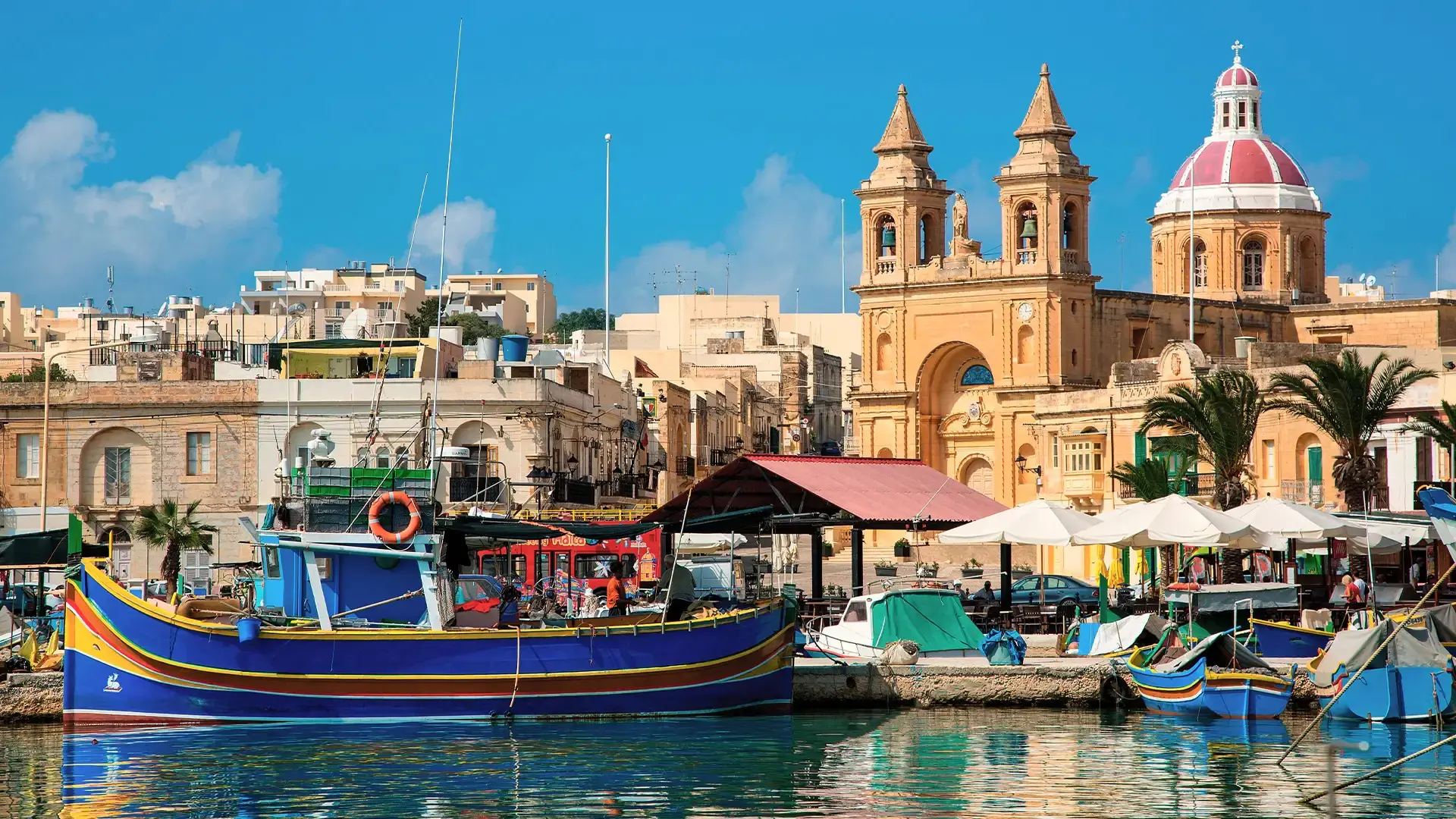
Finally, Malta is one of the European standouts.
Marsaxlokk
Marsaxlokk wakes early. By dawn, fishermen already return with their catch, and by morning, the waterfront hums with a lively market—tuna, lampuki, and the iconic luzzu boats with painted eyes.
Reachable via Malta’s extensive bus system from Valletta, Marsaxlokk offers indirect ferry connections to Gozo and Sicily through nearby ports. It’s not about sleek travel but slow immersion. Sundays attract crowds for the fish market, but weekdays bring a return to village stillness.
Expect platefuls of fresh seafood at waterside restaurants and glimpses of Malta’s working-class heritage. Boats, markets, and low-rise buildings fill the scene—not yachts or high-rises.
Marsalforn (Gozo)
Gozo’s Marsalforn leans on relaxation rather than spectacle. Known for diving and sea-view dining, it offers a peaceful base on Malta’s quieter sister island. Old salt pans stretch along its coast, remnants of Gozo’s sea-harvesting past.
Getting there means taking the Gozo Channel ferry from Ċirkewwa, then hopping a short bus or drive to the town. A €2 ferry ride to Sicily adds a continental twist, linking cultures through the sea.
Marsalforn thrives on simplicity—fresh bread, espresso, and sunrise walks. With fewer distractions, it invites focus. Divers find reefs and caves offshore, while others simply unwind at seaside cafes.
Birzebbuga
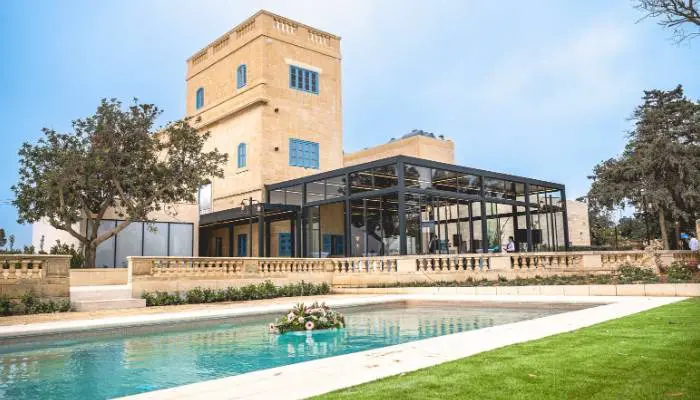
Birzebbuga gets less attention, which suits it. Just south of Malta’s airport, it welcomes visitors with its wide stretch of Pretty Bay and proximity to archaeological treasures.
Frequent buses run from Valletta, placing Birzebbuga within easy reach. Travelers can explore the Borg in-Nadur ruins and Ghar Dalam cave, offering windows into Malta’s prehistoric human activity.
No rush here. Children play in the shallows, locals linger in cafes, and history lives quietly underfoot. It’s a beach town with depth, not designed for spectacle. For travel planning, check this to find the perfect option to visit these places in Malta.
Summary
Quiet doesn’t mean empty. Each town pulses with its own rhythm, anchored by local culture, daily rituals, and sea-based life.
Public ferries link these communities without the stress of highways or crowds, inviting visitors to pause, breathe, and really see.
Simplicity, access, and a sense of place come together when travel slows down. Choosing these destinations means stepping away from the noise and moving toward what feels real. Try the ferry. Let the sea lead the way.













